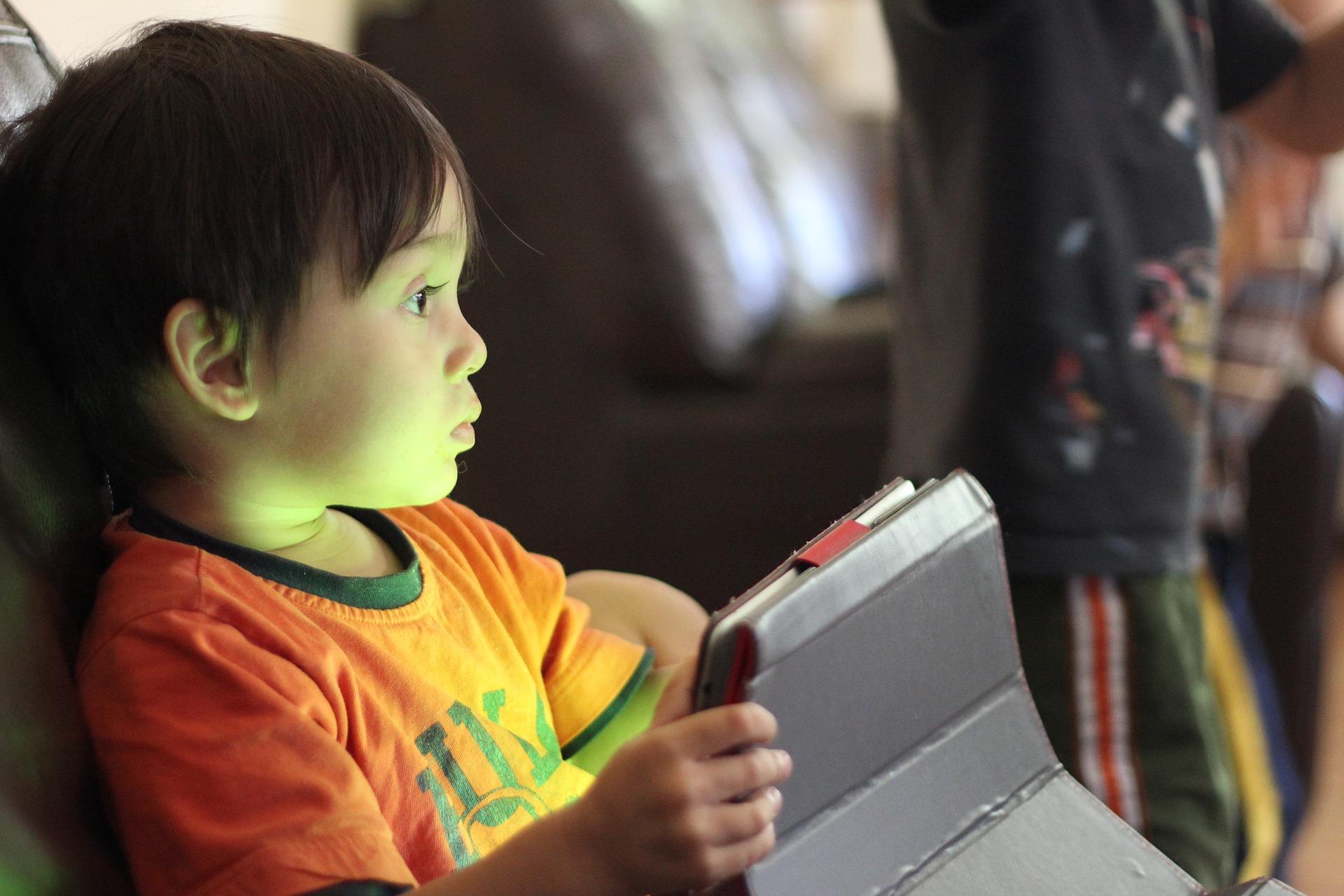Technology consumption is unavoidable in 2016: nearly two-thirds of Americans are smartphone owners and children 8 to 10 years old are exposed to an alarming eight hours of media a day. But what is this trend’s long-term impact on that way we communicate?
In a recent blog post, we pointed out that manufacturing suffers the most from the soft skills gap – or the skills that enable someone to interact effectively and harmoniously with other people.
In order for the manufacturing industry to close this gap and prepare to manage multiple generations in the workforce, we must acknowledge the current state of communication skills – and more specifically, how technology has changed them over time.
Technology’s effect on communication skills
The use of technology can be good. It provides us with faster, more efficient ways to communicate with others. On the flip side, it can also harm our ability to communicate with people face to face.
Shortened attention span.
The average person shifts their attention between their smartphone, tablet and laptop 21 times per hour. Because of this, humans now have a shorter attention span than goldfish – eight seconds, to be exact (goldfish can make it to nine).
In reality, this means that parents, teachers and managers only have a few seconds to train someone, and if the training lasts more than 20 minutes, they’ll lose that person.
Studies show that kids become distracted (and homework is interrupted) when they receive notifications of new chat messages, texts or emails. And developing those communication skills is important — for good grades, social networking, applying for college and landing jobs.
Weakened conversation.
While many adults have adapted to communicating through both digital and face-to-face interaction, younger generations don’t have much experience with the latter – and it’s hurting their social (and professional) lives.
“They don’t know how to handle conflict face to face because so many things happen through some sort of technology,” Melissa Ortega, a child psychologist at New York’s Child Mind Institute, explains. “I can’t imagine these kids sitting down in an interview and having a reciprocal conversation easily. They haven’t had these years of learning about awkward pauses. Being able to tolerate the discomfort is not something they’re going to be used to, unless their parents make it a priority.”
Technology isn’t going anyway anytime soon, so therapists are urging that it’s not too late to teach kids these interpersonal communication skills. If they’re not addressed, it can lead to workplace conflicts with coworkers, managers and eventually even subordinates.
Difficulty reading emotion.
A lack of face-to-face communication has also made it harder for kids to read emotions. UCLA scientists found that sixth-graders who went five days without even glancing at a smartphone, television or other digital screen did substantially better at reading human emotions than sixth-graders from the same school who continued to spend hours each day looking at their electronic devices.
And it’s not just children. Adults make eye contact between 30 and 60 percent of the time in an average conversation, says the communications-analytics company Quantified Impressions. But people should be making eye contact 60 to 70 percent of the time to create a sense of emotional connection.
Recognizing how someone else feels is an essential skill across all industries, including manufacturing. In fact, research shows that social skills could be just as important as intelligence when it comes to achieving success.
Increased depression and anxiety.
A new study from the University of Illinois found that high engagement with mobile technology is linked to anxiety and depression in college-age students.
“People who self-described as having really addictive-style behaviors toward the internet and cellphones scored much higher on depression and anxiety scales,” Alejandro Lleras, the psychology professor who conducted the study, explained.
However, it’s important to note that the researchers found no relationship between cell phone or internet use and negative mental health outcomes among participants who used these technologies to avoid being bored (opposed to those who used it as a form of escapism). This is an area where adults should be considering the factors driving children to use their devices.
Improving communication skills in younger generations
Managers, parents and mentors need to understand the importance of communication skills in. Why? Communication is often listed in the top four job skills employers seek — no matter which industry you’re looking to get into.
Here are a few ways to unplug your kids and help improve their communication skills:
- Set limits on technology use. Allow age-appropriate media content and limit their time spent with entertainment. The American Academy of Pediatrics recommends limiting the amount of total screen time to less than two hours per day.
- Model a balanced lifestyle. Parents must also model healthy behaviors for their kids to follow. How many hours are you engaged in technology time? Some time with technology is fine — just find the time for family, hobbies, exercise, relaxation and exposure to nature.
- Brainstorm fun alternatives. There’s more to life than screens. Make a family event of brainstorming a list of activities to do: zoos, aquariums, road trips, baseball games, museums and more.
Learning how to communicate effectively is a vital part of optimizing worker (and employer) satisfaction. And that begins with our kids.
How do you urge your kids to communicate? What are some best practices you follow? We’d love to hear about it. Let us know on Twitter @AppleRubber.

